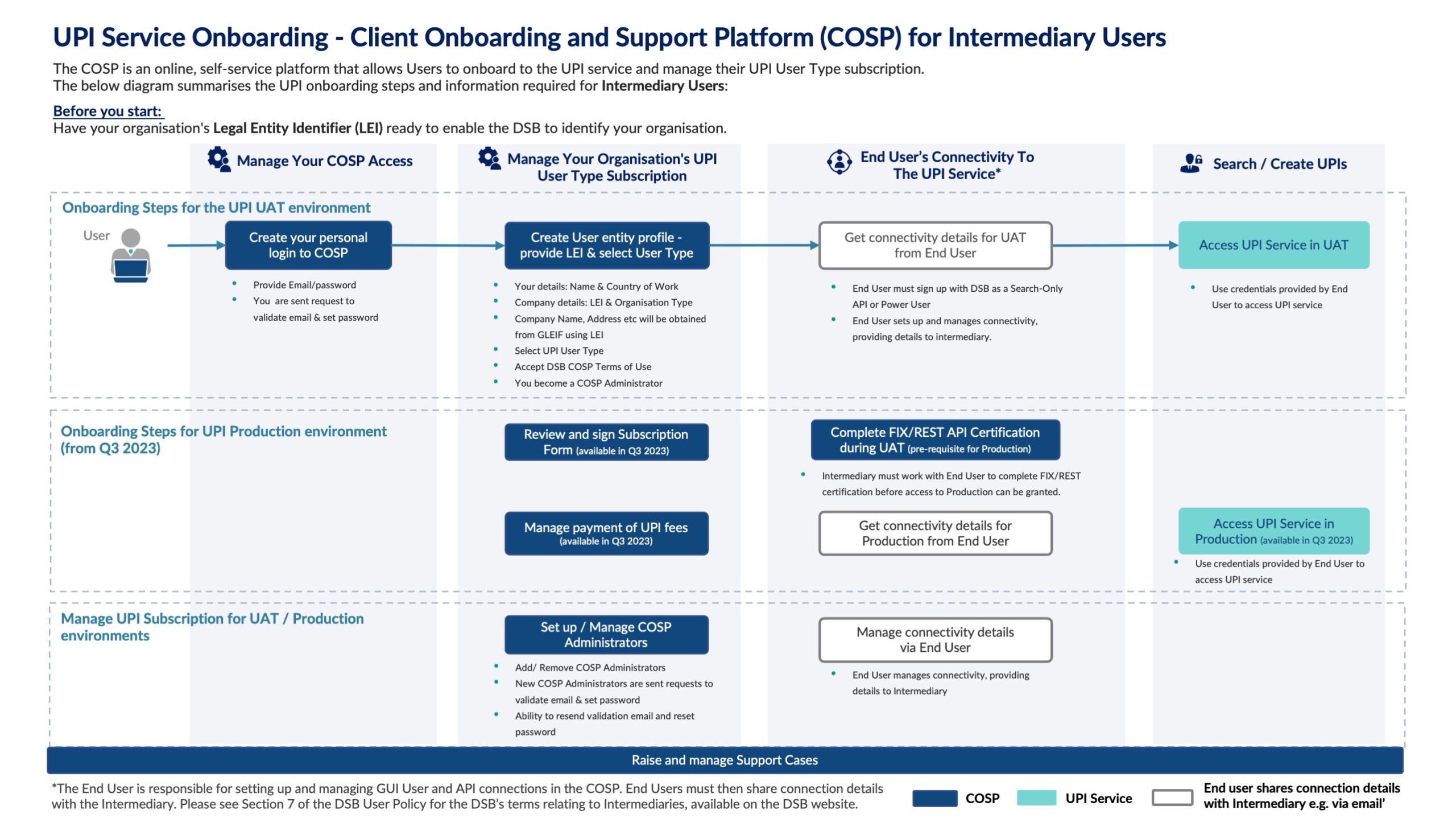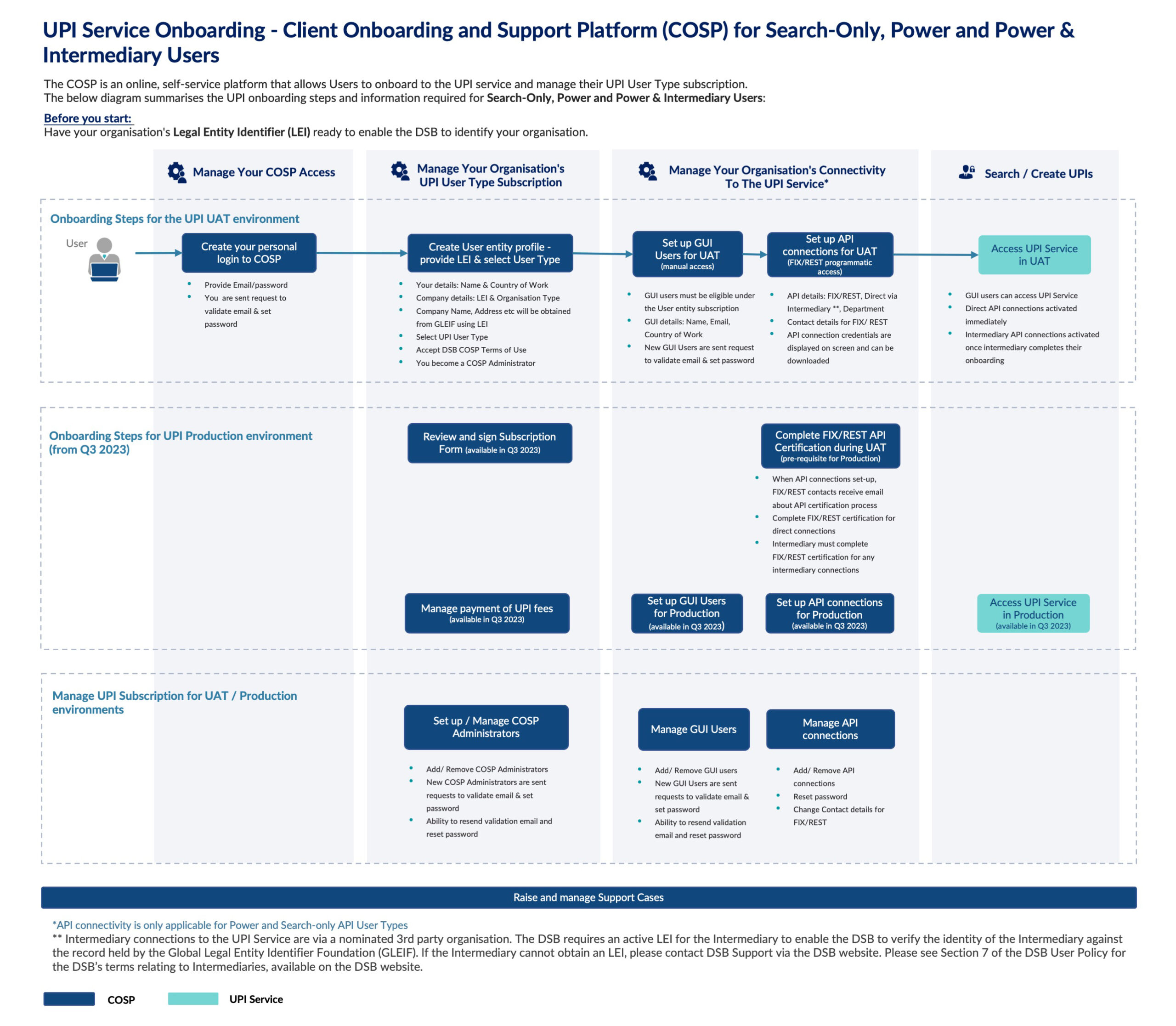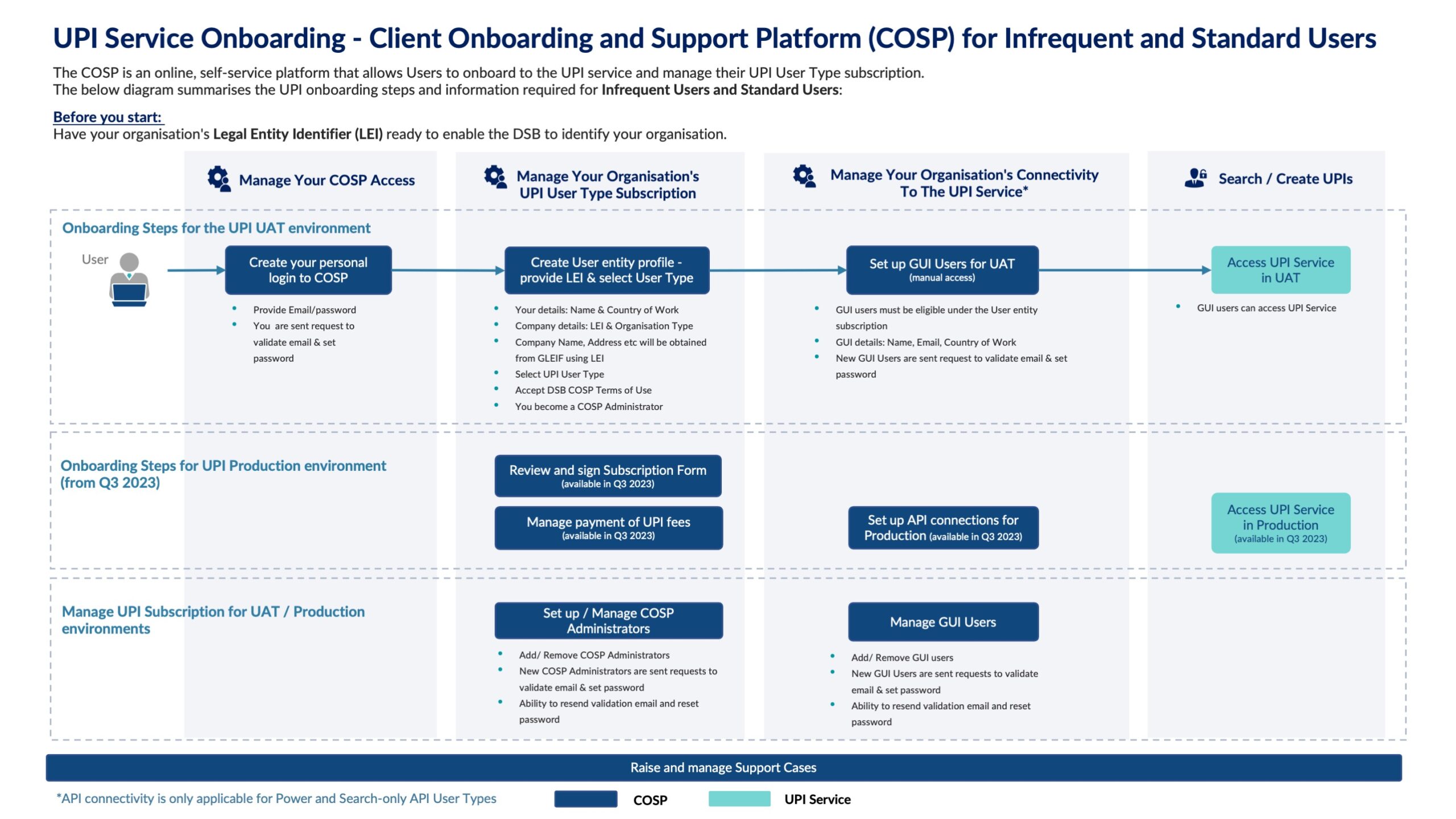First published on Thomson Reuters Regulatory Intelligence on 9th April 2025.
Trust the data: why financial identifiers are essential for efficient digital processes in OTC derivative markets
By Catherine Sutcliffe, Head of Regulatory Affairs and Stakeholder Engagement, DSB
In today’s competitive market, regulatory compliance requires high-quality data, but the strategic advantage comes from using it. Different financial identifiers serve distinct purposes, with credible information underpinning effective oversight by regulators and market participants. In financial ecosystems where innovation drives efficiency, data granularity and integrity are crucial to operational success.
Markets have grown increasingly complex, necessitating more sophisticated identification systems. For over-the-counter (OTC) derivatives, International Securities Identification Numbers (ISINs) offer a robust solution designed specifically to meet modern market demands. These are not mere identifiers — they function as structured data packages that power regulatory reporting, enhance market transparency and enable technological innovation. Amid growing reliance on data-driven processes, a critical question emerges, whether firms trust their data.
Data quality as the foundation for financial innovation
Both regulatory compliance and market efficiency rely on high-quality data. This resource underpins progress across all business areas and influences everything from investment decisions to bottom-line results. Uncertain or flawed information leaves opportunities untapped as decision-makers hesitate on unstable ground.
The pursuit of efficiency through automation and artificial intelligence (AI) has highlighted the critical importance of structured, consistent data. Such technology can transform decision-making, but only when fed with reliable information. ISINs create the framework that enables systems to process data about financial and referential instruments with the accuracy and consistency demanded by advanced technology.
The competitive edge belongs to firms with well-structured, properly validated data. Poor data quality costs extend far beyond regulatory problems, directly hampering business performance and stalling technological progress. This reality grows more pronounced as digitalisation increasingly defines how financial operations function.
Financial identifiers: purpose and value
ISINs perform specific regulatory and market functions that other identifiers simply cannot match. While the unique product identifier (UPI) emerged from a G20 mandate focused on systemic risk monitoring — establishing a common, minimum baseline of data points agreed on among authorities for data aggregation — the ISIN was crafted with different objectives, namely to support transaction reporting, enable market abuse detection and enhance the transparency of OTC derivative trading through greater data granularity.
A hierarchical relationship exists between these identification systems. The UPI serves as a parent identifier, with potentially multiple ISINs associated with a single UPI. This structure enables regulators receiving ISINs to access UPI data for systemic risk monitoring, whereas those receiving only UPIs are unable to access the detailed ISIN attributes essential for detecting market abuse.
Regulatory authorities worldwide have been analysing this distinction, though with varying degrees of understanding. Many still grapple with the complexity of different identifiers serving distinct purposes, sometimes attempting to consolidate all use cases into a single solution. The UPI was designed specifically for its intended purpose of risk aggregation and performs that role effectively.
For the additional requirements of detecting market abuse and facilitating transparency, different data structures are required. This distinction becomes particularly significant for the EU consolidated tape initiative, with the European Securities and Markets Authority’s (ESMA) selection process for a provider set to begin in Q1 2026. ISINs support this initiative by providing consistent identification, which improves the accuracy of price discovery.
ESMA’s analysis provides compelling evidence for this assessment. Their June 2023 data revealed that identifier-based reporting achieved an 88% consistency rate compared to just 63% when using multiple, separate data elements. Such a substantial difference in accuracy carries profound implications for both regulatory efficacy and market operation.
The cost of compromised data quality
Error rates climb dramatically when identification methods fragment across systems. When market participants must source, define and assemble multiple data elements instead of using a validated, unified identifier, inconsistency becomes almost inevitable.
Financial firms today are pursuing digitalisation, automation and advanced AI implementation at an unprecedented pace. However, fragmented data creates substantial roadblocks to these initiatives. The situation resembles unpacking a neatly assembled parcel and carrying each component separately: items become misplaced, damaged or mismatched. Similarly, data fragmentation undermines efficiency and creates barriers to technological progress.
The accuracy of price discovery suffers when data quality falters. With a unified identifier, everyone accessing an instrument receives consistent pricing information. The alternative approach requires market participants to use a base identifier, along with various data elements, where they must perfectly match additional attributes to achieve identical results. It is an error-prone process that compromises accuracy. Ultimately, price discovery is enhanced through a consolidated identifier that encapsulates all the data elements.
Necessary modifications
While ISINs demonstrate significant value, certain inclusions in the implementation require targeted modifications. The “rolling ISIN” problem creates multiple identifiers for instruments with identical economic terms but different expiry dates, a challenge that necessitates structured adjustments to the ISIN methodology.
The scope of these changes is manageable. According to the Derivatives Service Bureau’s (DSB) detailed data analysis, modifications for the interest rate swaps category will affect only 19 of the 107 ISIN templates maintained by the DSB. This targeted approach to modifying ISINs addresses specific concerns while minimising implementation impact.
An alternative approach being discussed in the industry involves using the UPI as a base identifier with additional attributes for transparency reporting, sometimes referred to as UPI Plus. Such an approach would require system changes across all OTC derivative reporting, potentially requiring firms to separately map and report different data elements for each product type.
The EU previously stated its intention to maintain alignment, focusing on a solution that reduces the reporting burden as a key objective. This pragmatic approach addresses regulatory requirements while preserving data integrity through built-in validation and standardisation.
From a cost perspective, leveraging existing systems represents the most prudent approach. By maintaining the hierarchical relationship in which ISINs provide access to UPI data, market participants can efficiently fulfil multiple regulatory objectives. Transitioning from this integrated approach to a UPI Plus model would require additional information technology infrastructure changes, thereby introducing expense and implementation complexity for market participants.
Purpose-built identifiers driving innovation
Information quality is a critical determinant of successful digitalisation initiatives in today’s financial landscape. Using identifiers designed for their specific purpose delivers this quality while enabling the industry to address regulatory requirements through targeted improvements rather than wholesale system changes. This balanced solution maintains operational efficiency while preserving the data integrity essential for meeting compliance obligations.
As technological advancement reshapes financial markets, purpose-built identifiers form a critical component of the structured, validated information foundation that powers innovation, machine learning and AI applications.
For organisations navigating complex regulatory environments while pursuing data-driven strategies, properly designed and implemented identification systems represent not merely technical requirements but cornerstones of trusted intelligence that drive both compliance and competitive advantage.












